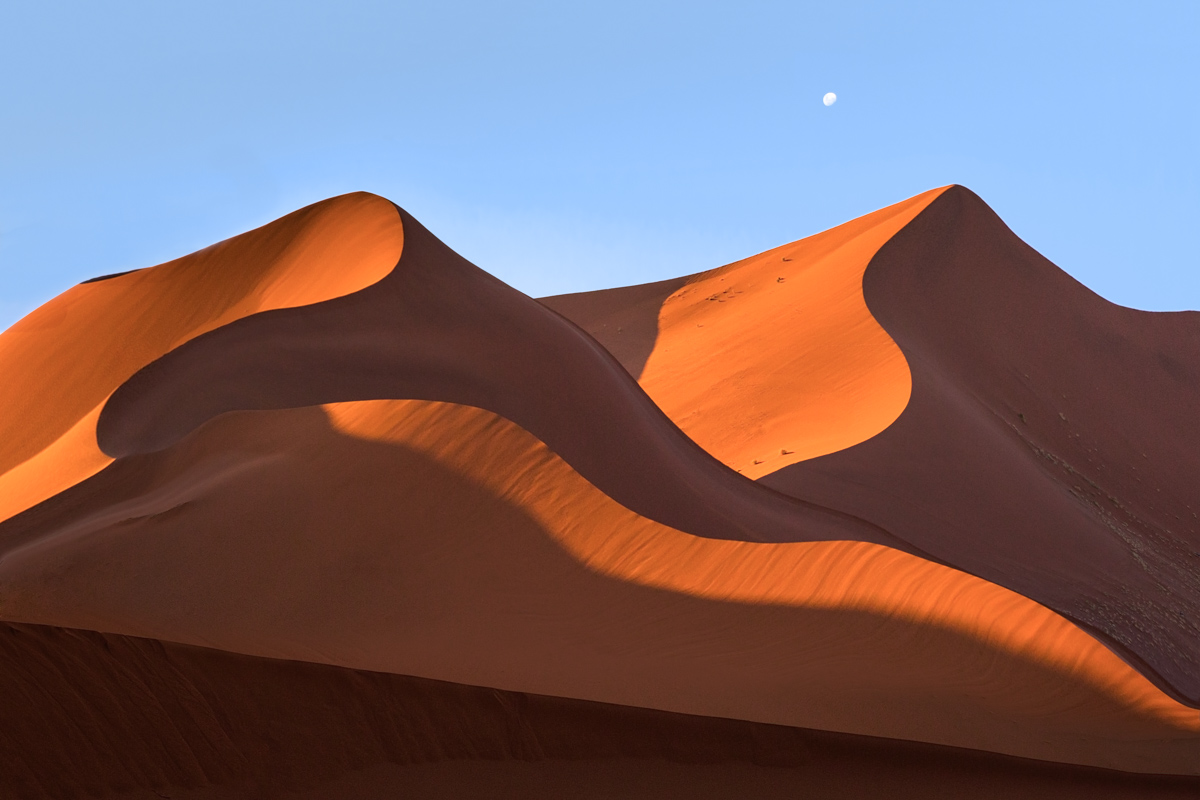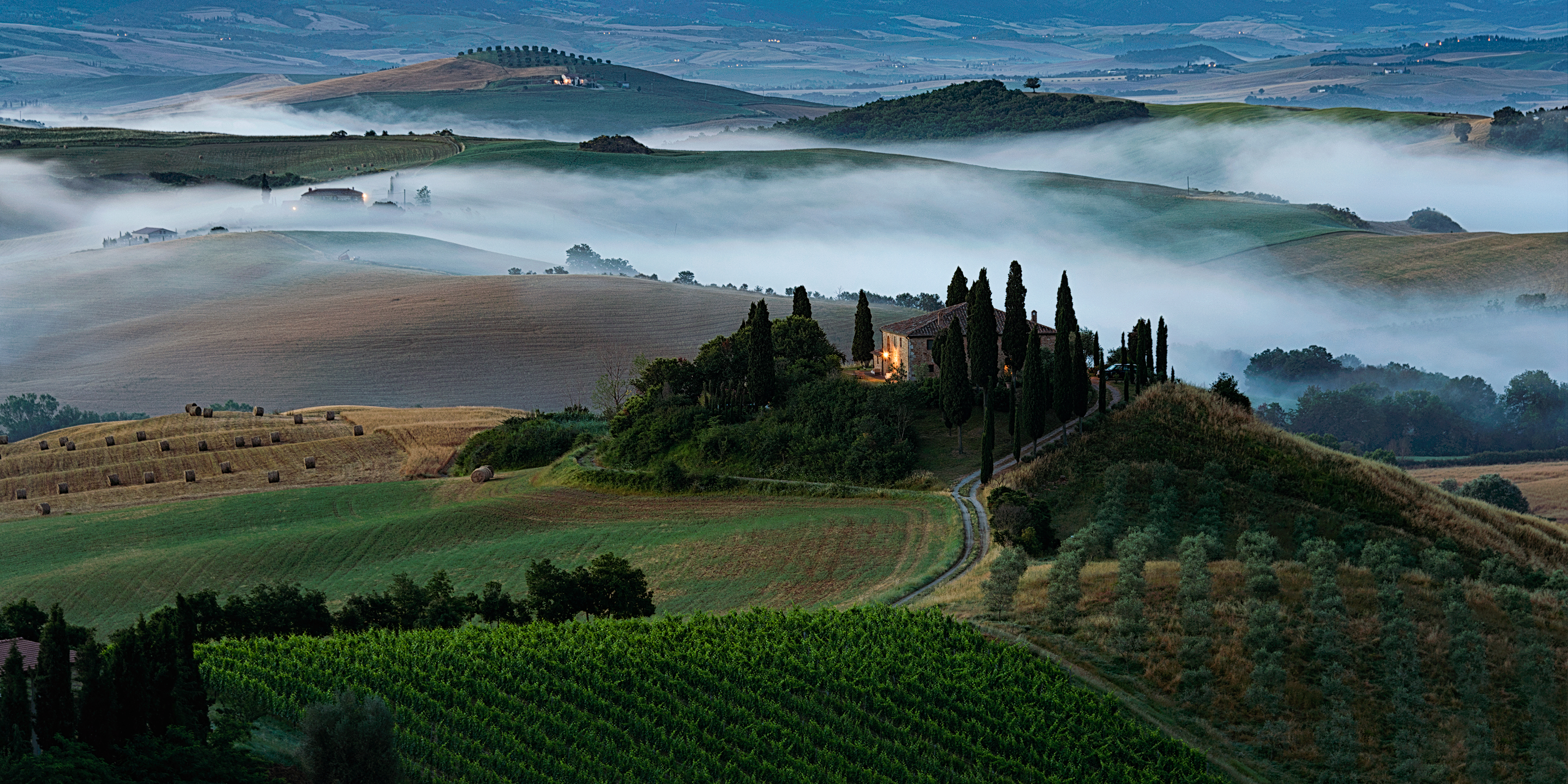There is light, after dark! By Jeff Vanuga
The Dutch post-impressionist painter once said in a letter to his brother Theo, “I often think that the night is more alive and more richly colored than the day.” Some of his paintings such as Starry Night reflect his thoughts written in this letter. Fast forward 131 years and his vision about the night sky still applies today especially when it comes to digital photography.
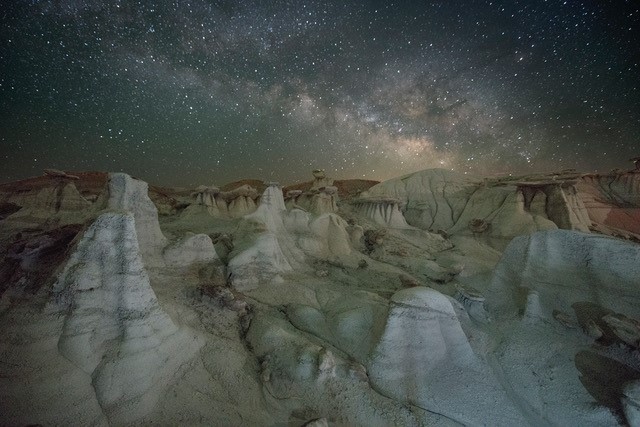
Modern sensors have opened a new world of opportunities for the night time photographer. The two biggest innovations are ISO performance in terms of image sharpness and dynamic range, the difference between the lightest and darkest tones (contrast ratio). With this in mind for night photography, look for a camera with both good ISO performance and great dynamic range. For myself, I have been having great success with my Nikon Z7 with a dynamic range of 14.6EV which is only second to the top ranked model by DxO Mark testing lab, the Hasselblad X1D-50c. Regardless of the manufacturer, look for a camera with both of these specifications of ISO performance and dynamic range as a first step in photographing after dark. It makes a difference in pulling out shadows and reducing highlights in post processing along with the overall tonal balance of the scene.
TOOLS OF THE TRADE
This is a long and in-depth topic to cover in a short blog, but next to a good camera the second most important item is a good sturdy tripod and head. My tripod of choice is the RRS TVC-33 with the RRS ball head BH-55 and plates. The TVC-33 has long leg extensions which are especially important on sloped terrain which necessitates a longer leg on the downhill. L-Plates make it a breeze to change camera orientation from horizontal to vertical. Lastly, a locking cable release or other timer is necessary for steady camera work.
LIGHT AFTER DARK
Since photography is about light let us take a look at night light. As long as there is even a minuscule amount available light on the scene that source can be adequate to illuminate a scene at night, even if that source was just stars in the sky. For example I spent one night photographing Grand Prismatic Spring under the Milky Way (Yellowstone 2454) totally under natural star light with no artificial illumination. There was enough star light in the scene to show detail in the foreground and contain enough visual information to complete the scene for the viewer. Here we are looking at one exposure: 20S@f/2.8, ISO 6400, 14-24mm@15mm and single exposure. For Milky Way photography that needs some human light intervention. I like to use a method called Low Level Lighting using a dim light source such as a video LED, that when turned on is almost indiscernible to the human eye. This low level light illuminates foregrounds for long exposure photography that is well balanced, more uniform, and has more control. The Cineroid L10C-vCe LED light is a great choice for this technique and has a 30 step dimming brightness along with variable color temperature. The secret is to place the light source at a distance that throws enough light to fill the foreground without over powering the scene. Images of the Ah-Shi-Sle-Pah Wilderness Study Area (NM Landscapes 040,049,054) and White Dome Geyser at night (Yellowstone 2328) were all photographed using this method. The Cineroid lights were placed at a distance of 75’ or more set up on tall light stands on lowest power output. The end result, is properly exposed milky way and balanced natural looking foregrounds that are not over powered by bright flashlights.
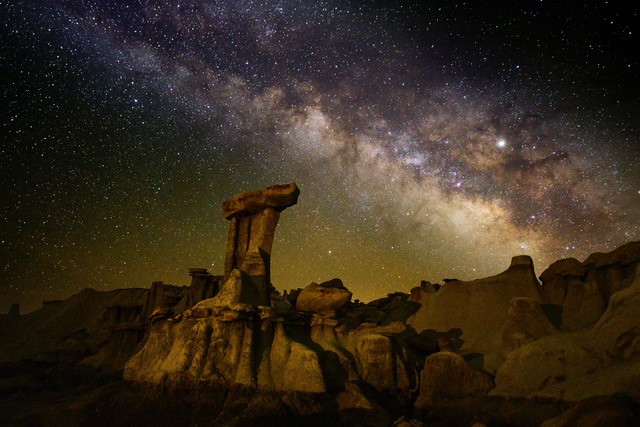
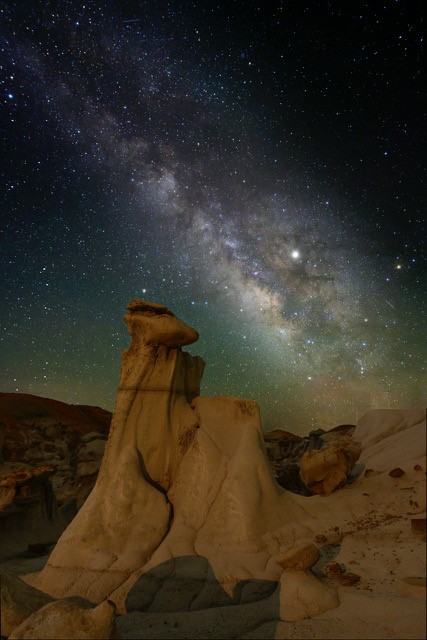
Other night scenes also benefit from man made illumination. Trailing tail lights or artificial city lights work well at night, photographed at the right time and place. Winding roads with illuminated taillights create excellent leading lines in a scene. Winding Road (Wyoming 58) was taken minutes after blue hour when the dominant light source is the blue wavelength and the sun is far below the horizon where evening light prevails. There is enough natural light in the scene to define the foreground and the headlights and taillights are additive value. Exposure 30S@f/16 ISO 2000.
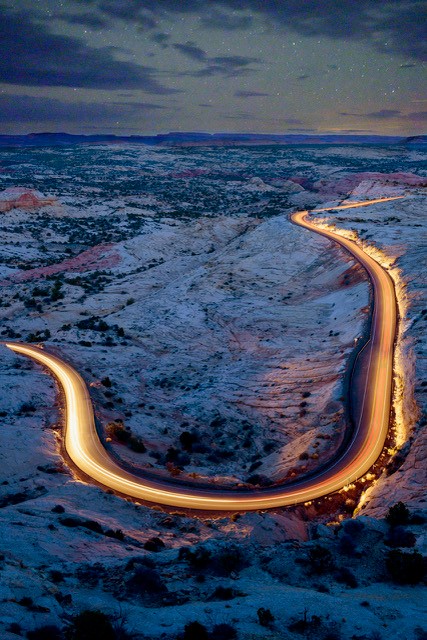
For city scapes there is no better time to photograph than blue hour. The Giuseppe Tartini statue in Tartini Square and the Church of St. Primoz in Jamnik, Slovenia at night were both taken during this magic time. You can refer to Apps like Photopills, TPE, and others to give you times of blue hour but as a general guide it is approximately 45 minutes after sunset or 45 minutes prior to sunrise. The sky takes on a blue appearance and city lights are in balance with the scene. One note of caution, this magic window lasts literally about 5 minutes so it is recommended to be on the scene and ready to shoot.
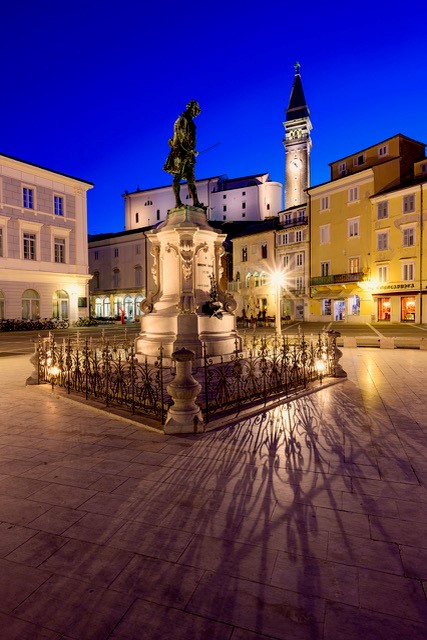
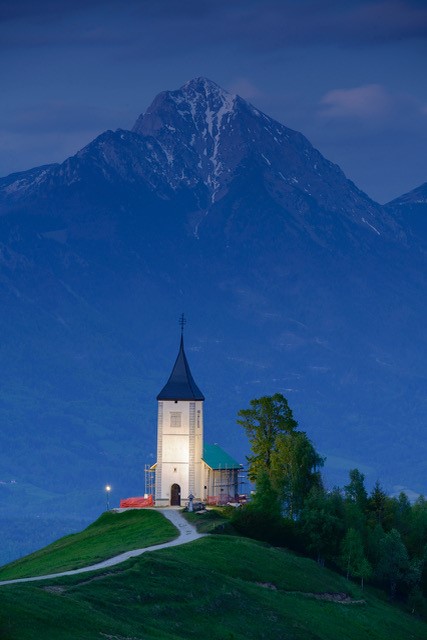
The bottom line is that as long as there is some type of light source after dark, there is a picture to be made and a way to solve the problems and issues surrounding exposure, lighting, and equipment. It is what makes photography a fun learning and creative experience.
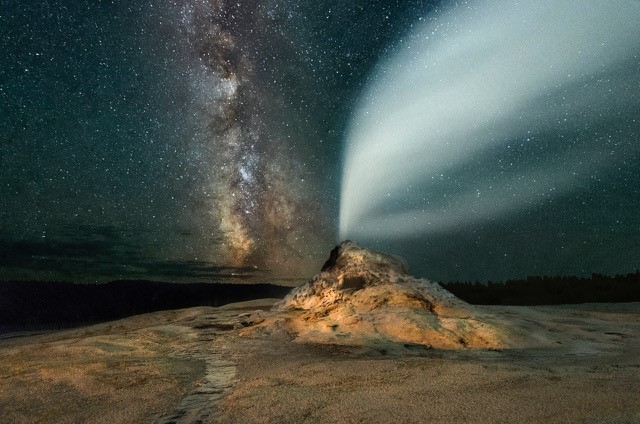
If you are a landscape photographer by day you should also give it a go at night. For me it is a magical time of our 24 hour life cycle to be out in nature alone or shooting a city scape with less people. It is a quiet time free from busy tourists, other photographers, and visitors from beyond especially when so many of our National Parks and Wild Places are over crowded during daylight hours. Photographically, Van Gogh had it right, “the night is more alive and more richly colored than the day,” so give it a shot!
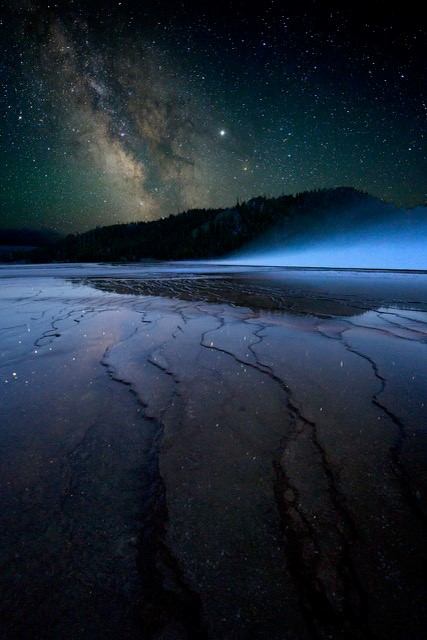
About Jeff
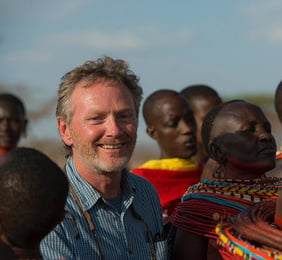
Jeff has been in the photographic business for over 40 years with a long track record of being published in magazines, advertising, books, calendars, and electronic media around the world. Some of his past clients include National Geographic, National Wildlife Magazine, Nature Best Magazine, Patagonia, Ford, and numerous travel commissions to name a few. He has led workshops and tours for some of the biggest names in the photographic industry such as Joseph Van Os Photo Tours, National Geographic Expeditions, First Light, Sante Fe Workshops, and others. His images have won numerous awards including a 1st Place in BBC Wildlife Photographer of the Year, 1st Place National Wildlife Competition, 1st Place Nature’s Best Magazine, 1st Place Olympus Worldwide along with many others. When not photographing the world Jeff calls Dubois, Wyoming his home.

